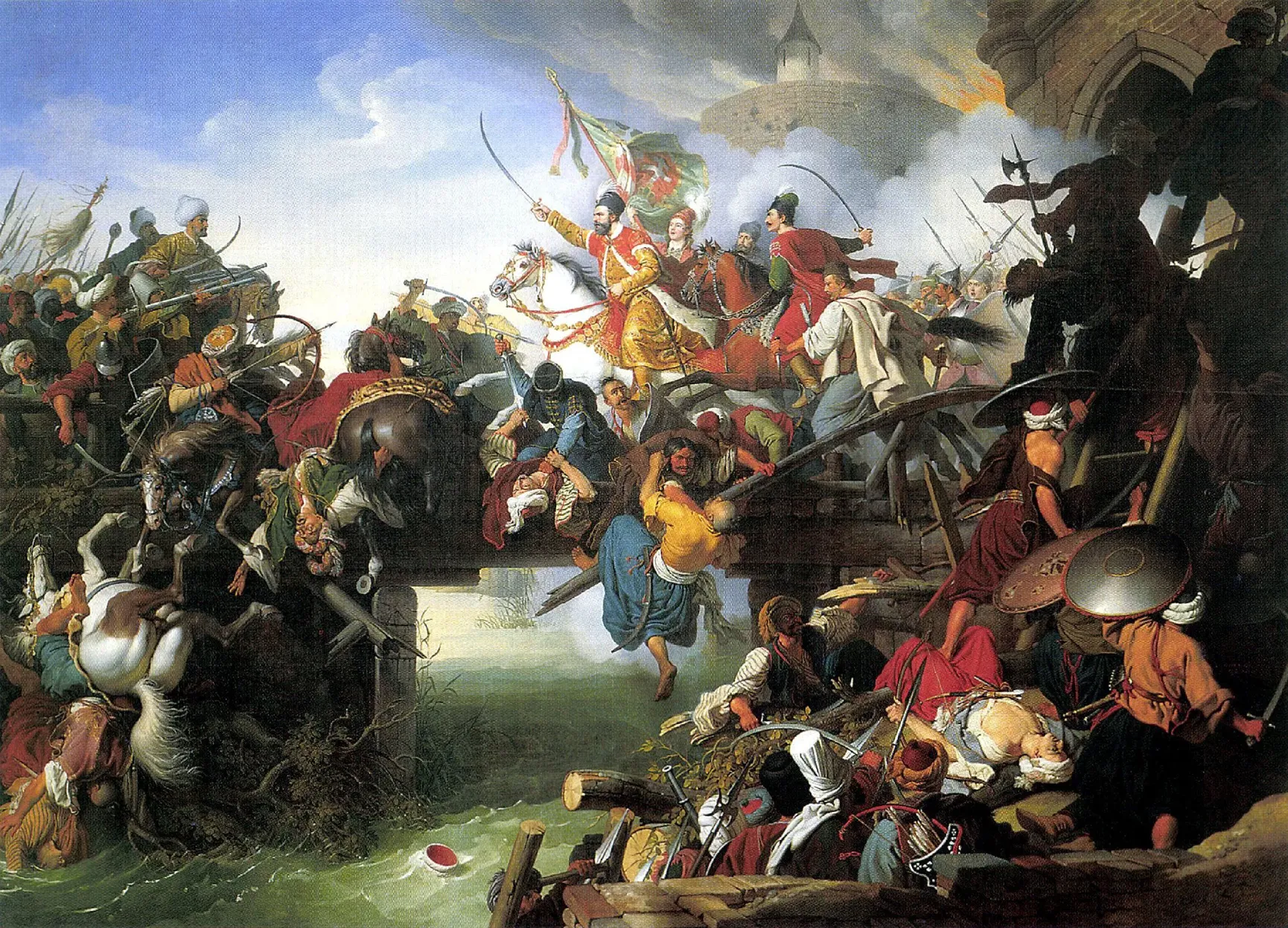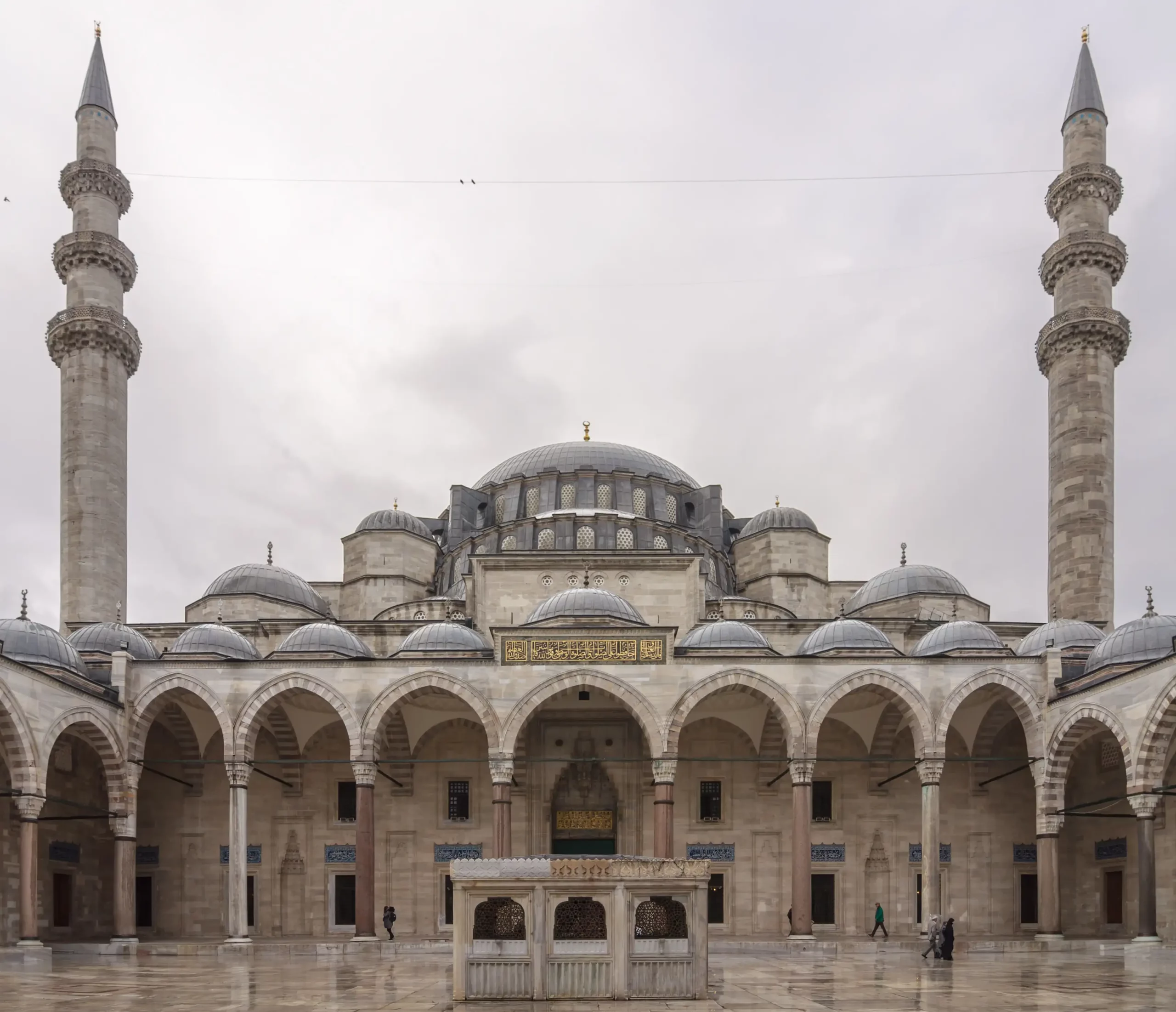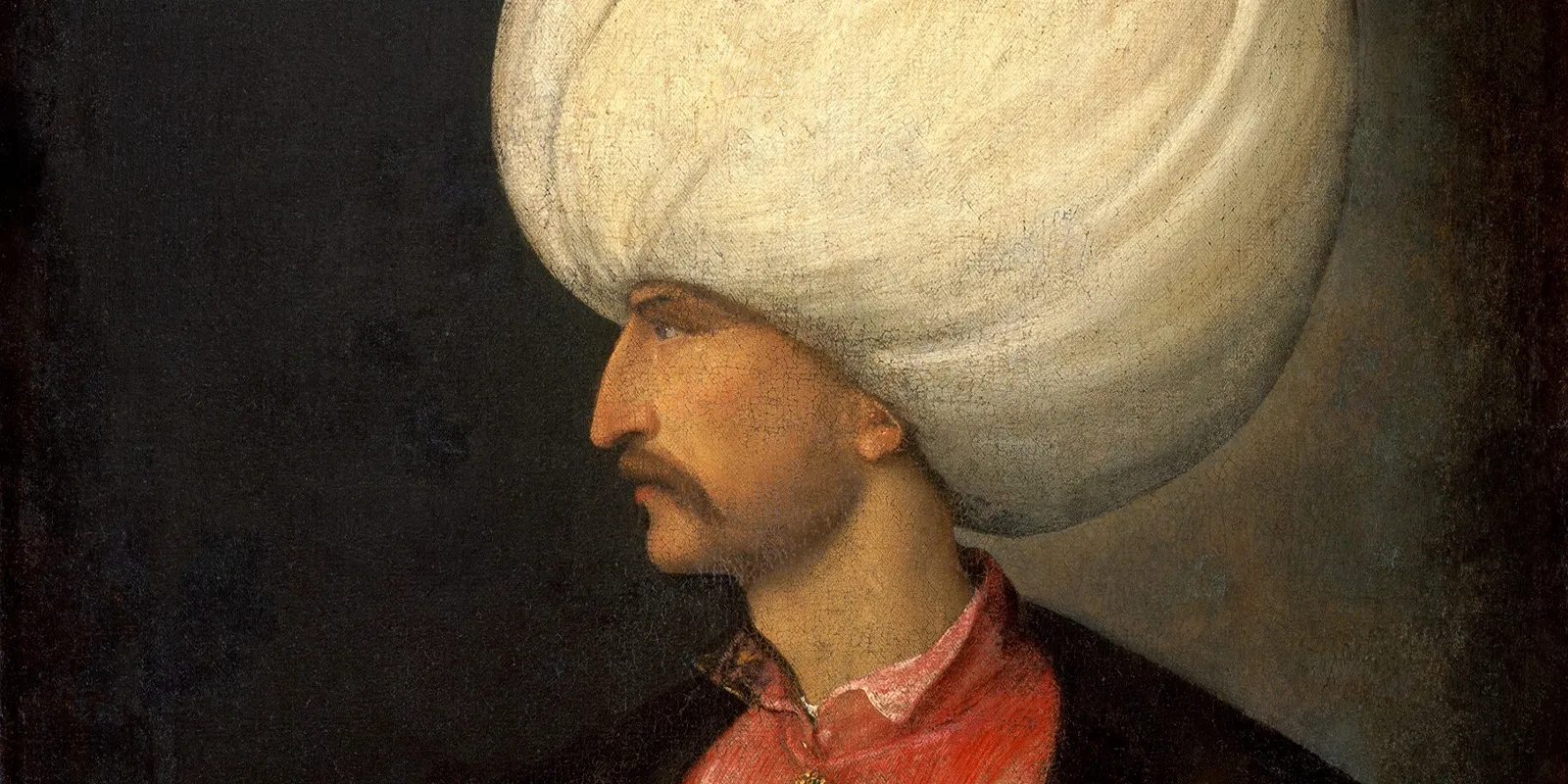Islamic Chronicles is an Online Encyclopedia of Islamic History and…
The death of Sultan Suleiman the Magnificent on 6 September 1566 marked not just the end of a remarkable life but the twilight of the Ottoman Empire’s golden age. At 72 years old, the tenth Ottoman Sultan breathed his last during the siege of Szigetvár, bringing to a close one of history’s most consequential reigns.
Table of Contents
The Final Campaign of Suleiman the Magnificent
At 72 years old, with his health already deteriorating, Suleiman made the fateful decision to personally lead what would become his final military expedition against the Habsburgs in 1566. This choice reveals the essence of his character; even in his twilight years, he remained the warrior-sultan who had expanded Ottoman territory across three continents.

The siege of Szigetvár would prove to be his final campaign. For months, Ottoman forces pressed their assault on this strategically important Habsburg fortress. Suleiman died just two days before his army finally conquered the fort, creating a bittersweet victory that came too late for the empire’s greatest ruler.
A Death Shrouded in Secrecy
What happened next reveals the political sophistication of the Ottoman court. Grand Vizier Mehmed Pasha made a calculated decision that would have far-reaching implications: he concealed Suleiman’s death from both the army and the broader empire.
This wasn’t mere protocol; it was a strategic masterstroke designed to prevent chaos during a vulnerable transition period. The secrecy continued until Prince Selim could be safely crowned as Selim II back in Istanbul.
The Empire at Its Zenith
To understand the magnitude of this loss, we need to appreciate what Suleiman had accomplished during his forty-six-year reign. Under his rule, the Ottoman Empire had reached its territorial peak, stretching from the gates of Vienna to the shores of the Persian Gulf. His conquests included eastern Anatolia, Iraq, the strategic Gulf and Red Sea regions, Aegean territories, Moldavia, and significant portions of Hungary.

As historian Colin Imber notes, some of these territories “cost more in defence than they provided in revenue,” but they served a greater purpose: cementing Suleiman’s status as ruler of one of the world’s greatest empires. The Ottoman Empire would continue to expand under his successors, but it would never again wield the same international influence that characterised Suleiman’s era.
More Than a Conqueror
What made Suleiman truly “magnificent” wasn’t just his military prowess; it was his role as a patron of arts, architecture, and law. His court attracted an impressive array of artists, religious scholars, and philosophers, creating an intellectual environment that rivalled the most sophisticated European courts of the time.
The architectural legacy alone is staggering. Under the guidance of the legendary architect Mimar Sinan, Suleiman commissioned building projects that still define Istanbul’s skyline today. But his architectural patronage extended far beyond the capital. He restored significant religious sites, including the tomb of the influential jurist Abu Hanifa, and important mosques in Jerusalem, Mecca, and Medina. After conquering Baghdad, he even ordered the construction of a tomb for the revered Sufi master Sheikh Abdul Qadri Jilani.
The Lawgiver’s Legacy
Europeans knew him as “the Magnificent” for the splendour of his court, but his own subjects called him something even more significant: “Kanuni” or the Lawgiver. This title reflects perhaps his most enduring contribution to Ottoman governance. Under Suleiman’s rule, the complex web of Sultanic laws (kanun) was systematically compiled, organised, and harmonised with Islamic law (sharia), creating a legal framework that would serve the empire for centuries.
In his final years, Suleiman increasingly turned his attention from conquest to governance, focusing on law-making and leading what his contemporaries described as an increasingly pious life. This shift from warrior to sage reflects the evolution of both the man and the empire he had shaped.
The End of the Golden Age
Suleiman’s death at Szigetvár represents more than the loss of a single ruler; it marked the end of the Ottoman Empire’s classical period. While the empire would survive for another 350 years, it never again achieved the same combination of military might, cultural sophistication, and international prestige that characterised the Suleiman era.
The timing of his death, coming just as his forces achieved their final victory, carries a certain poetic justice. In many ways, Suleiman embodied the warrior-scholar ideal that defined the Ottoman elite at its peak. His passing in the midst of battle, followed by a carefully managed transition of power, encapsulates both the dynamism and the institutional sophistication that made the Ottoman Empire a dominant force in early modern world politics.
The siege of Szigetvár may have been won, but with Suleiman’s death, the age of Ottoman expansion was effectively over. What began with his accession in 1520 as a young prince ended forty-six years later with an empire at its zenith and a legacy that would echo through centuries of history.
Last updated on September 6th, 2025 at 12:53 pm
Support us
Support Islamic Chronicles on Patreon and help us continue creating ad-free, high-quality content on the rich and diverse history of Islam and Muslims. Your support keeps our platform independent, educational, and accessible to all.
Become A Patron NowIslamic Chronicles is an Online Encyclopedia of Islamic History and Culture. It is dedicated to exploring the rich history and culture of Islam and Muslims. Through animated videos, in-depth articles, fascinating stories, and thought-provoking insights, we take you on a journey through the Islamic world, from its early beginnings to the present day.

